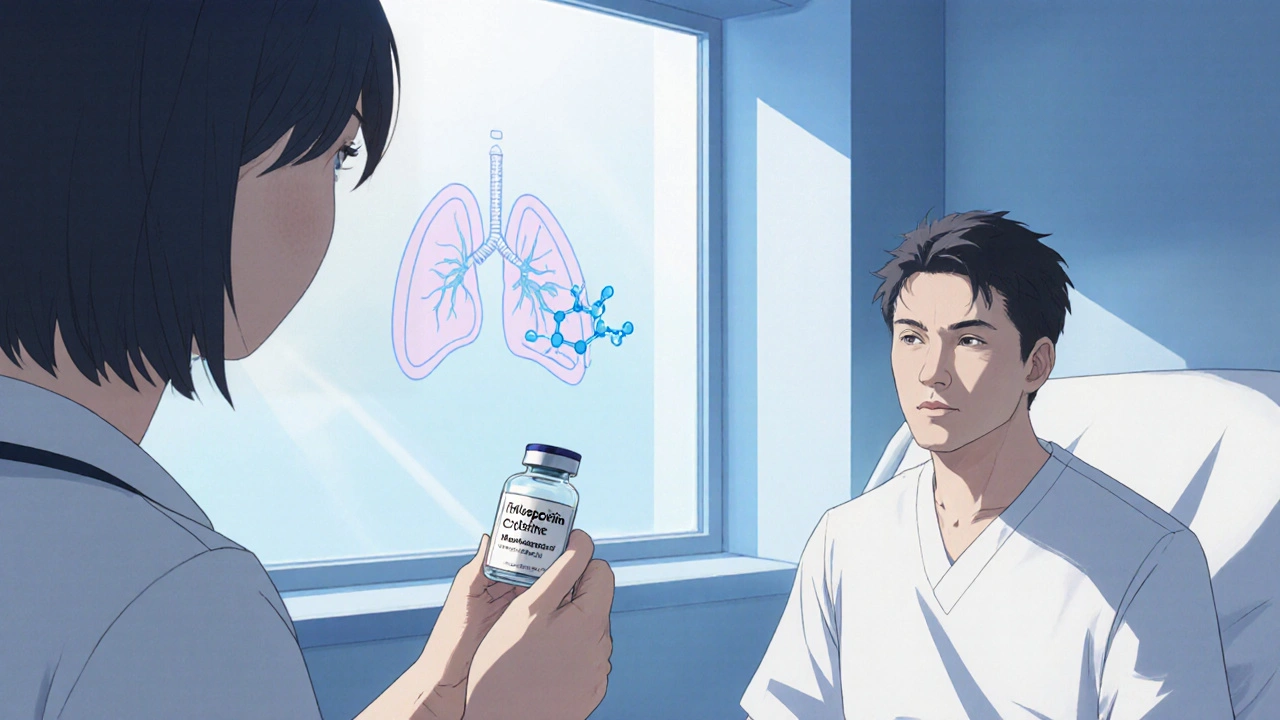When working with Cyclosporine, a calcineurin inhibitor prescribed to prevent organ rejection and treat several autoimmune disorders. Also known as Neoral, it Cyclosporine is a type of Immunosuppressant, drugs that intentionally lower the body's immune response to avoid tissue damage. As a Calcineurin inhibitor, it blocks the enzyme calcineurin, which is crucial for activating T‑cells, the medication directly interferes with the cellular signaling that would normally trigger rejection. Because of this mechanism, Organ transplant, the surgical transfer of a donor organ into a recipient patients rely on Cyclosporine to keep their immune system from attacking the new tissue.
Understanding Cyclosporine starts with its two main arenas: organ transplantation and autoimmune disease management. In kidney, liver, and heart transplants, the drug forms the backbone of induction and maintenance therapy, often combined with steroids or mycophenolate to balance efficacy and toxicity. For patients with psoriasis, rheumatoid arthritis, or severe ocular inflammation, Cyclosporine provides rapid symptom relief by halting the over‑active immune cascade. However, the benefits come with a need for careful monitoring—blood levels must stay within a narrow therapeutic window, typically 100‑400 ng/mL, to avoid nephrotoxicity, hypertension, and heightened infection risk. Lifestyle factors such as grapefruit intake or certain antibiotics can push levels higher, so clinicians often advise regular lab checks and dose adjustments.
Beyond the core uses, Cyclosporine is compared with newer agents like tacrolimus, sirolimus, and belatacept. While tacrolimus shares the calcineurin‑inhibiting action, many patients find Cyclosporine's side‑effect profile—especially its impact on kidney function—more manageable with proper dosing. Sirolimus, an mTOR inhibitor, offers an alternative for those who cannot tolerate calcineurin inhibitors, but it may cause hyperlipidemia and delayed wound healing. When selecting a regimen, doctors weigh factors such as the type of organ transplanted, patient age, comorbidities, and cost considerations. Knowing the differences helps patients and caregivers ask the right questions during consultations.
Practical tips for anyone prescribed Cyclosporine include staying hydrated, monitoring blood pressure, and avoiding over‑the‑counter NSAIDs unless cleared by a physician. Patients should keep a medication diary to track any signs of gum overgrowth, tremors, or unusual bruising, and report these promptly. Because the drug can interact with a wide range of substances—antibiotics, antifungals, certain antihypertensives—sharing a complete medication list with your healthcare team is essential. The collection of articles below dives deeper into specific scenarios, from dosing strategies and side‑effect management to comparisons with newer immunosuppressants, giving you a well‑rounded view of how Cyclosporine fits into modern therapeutic plans.
